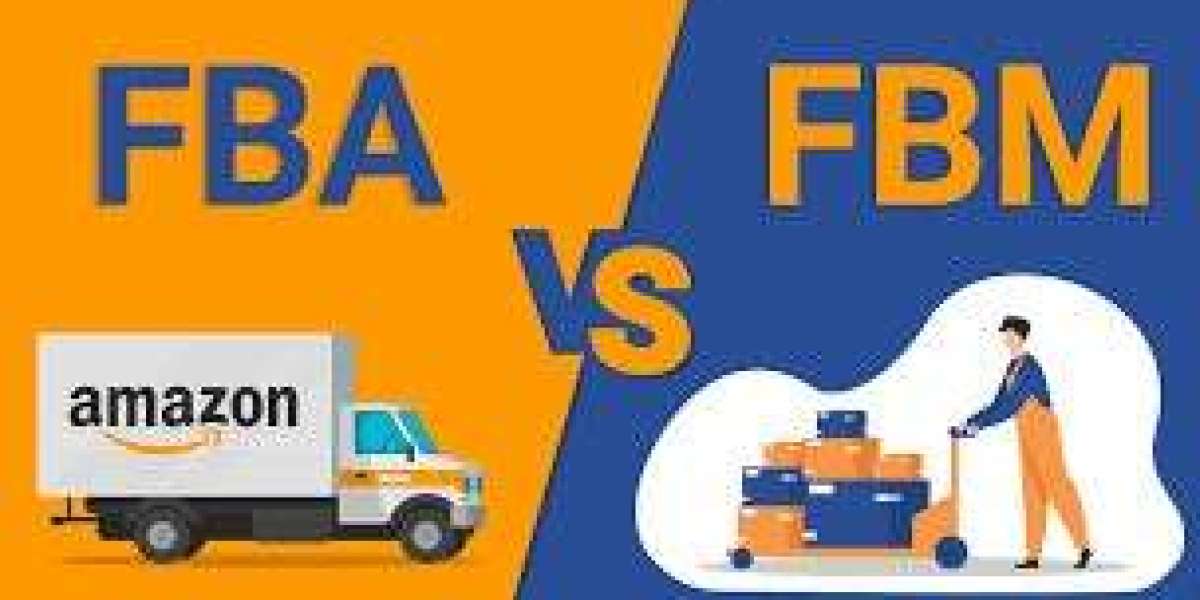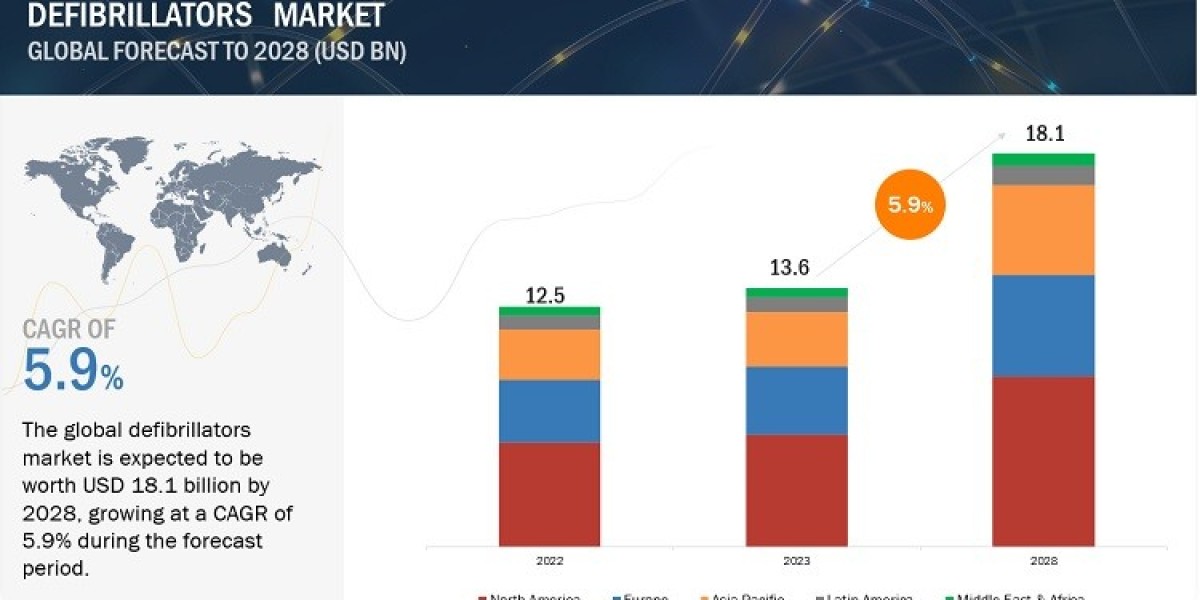Amazon has grown into one of the largest e-commerce platforms globally, and its marketplace offers incredible opportunities for businesses. Sellers have two primary options when it comes to fulfilling customer orders: FBA (Fulfillment by Amazon) and FBM (Fulfillment by Merchant). Choosing the right fulfillment method is crucial for success, and understanding the key differences between the two models can help sellers make an informed decision.
In this article, we’ll explore the core distinctions between Amazon FBA and FBM, and how each option impacts areas like shipping, customer service, costs, and overall strategy.
What Is Amazon FBA?
Fulfillment by Amazon (FBA) is a service where sellers store their products in Amazon’s fulfillment centers. Amazon handles the entire process, from packing and shipping to customer service and returns. This model allows sellers to leverage Amazon’s logistics infrastructure, making the selling process seamless.
Key benefits of FBA
Prime Shipping: Products fulfilled by FBA are eligible for Amazon Prime’s free two-day shipping, which can significantly boost sales.
Hassle-Free Fulfillment: Amazon takes care of warehousing, packaging, shipping, and returns, freeing up time for sellers to focus on other areas, such as amazon marketing services.
Customer Service: Amazon provides 24/7 customer support, taking the responsibility off the seller.
What Is Amazon FBM?
Fulfillment by Merchant (FBM), on the other hand, is where the seller is responsible for the entire fulfillment process. This means managing storage, packing, shipping, and customer service themselves or through a third-party logistics provider.
Key benefits of FBM
Control Over Fulfillment: Sellers have complete control over the inventory and shipping process.
Lower Fees: FBM can often be more cost-effective for sellers with a solid logistics infrastructure, as they won’t be paying Amazon’s fulfillment fees.
Flexibility: FBM gives sellers the flexibility to use their preferred shipping carriers and methods.
Comparing FBA and FBM: Key Differences
Shipping and Logistics
One of the primary differences between FBA and FBM is who handles the shipping.
FBA: Amazon handles all logistics. This includes warehousing products in its vast network of fulfillment centers, picking, packing, and shipping them to customers. Amazon’s sophisticated logistics operations ensure fast and reliable delivery, often through Prime two-day shipping.
FBM: Sellers are responsible for shipping products directly to customers. This requires sellers to have their own warehousing and logistics capabilities, or to work with third-party logistics providers. Shipping times can vary based on the seller’s setup, which can be a disadvantage compared to the fast shipping times offered by Amazon FBA.
For sellers aiming to optimize their amazon listing optimization agency strategy, the shipping speed offered by FBA could be a critical differentiator, as Prime eligibility often leads to higher sales.
Costs and Fees
The cost structure for FBA and FBM differs significantly.
FBA: Sellers pay various fees, including storage fees, fulfillment fees, and fees for returns. While these fees can add up, many sellers find that the increased sales from using FBA—due to Prime eligibility and Amazon’s customer trust—often offset these costs.
FBM: Sellers don’t have to pay Amazon’s storage and fulfillment fees, but they do need to cover their own logistics costs. This could include warehousing, shipping, and staffing, which can vary depending on the size and volume of the business.
For sellers working with an amazon optimization agency balancing the costs of FBA versus FBM is crucial.
Control and Flexibility
Sellers have different levels of control depending on whether they choose FBA or FBM.
FBA: While Amazon takes care of most logistics tasks, sellers lose a certain degree of control over how their products are stored, packed, and shipped. Amazon sets the guidelines, and sellers must adhere to them. This can be a drawback for brands with specialized products or branding requirements.
FBM: Sellers retain complete control over how products are stored, packed, and shipped. They can use custom packaging, work with their own carriers, and manage the customer experience from start to finish. However, this flexibility comes with additional responsibility.
Customer Service
Customer service is another significant distinction between FBA and FBM.
FBA: Amazon handles all customer service inquiries, returns, and refunds. This can be a major advantage for sellers, as Amazon’s customer service is highly regarded and available 24/7. Sellers won’t need to manage customer complaints or return logistics, allowing them to focus on their business and marketing efforts, including Amazon marketing services.
FBM: Sellers are responsible for their own customer service. While this allows them to offer more personalized service, it also means they must handle any customer complaints, returns, and refunds, which can be time-consuming.
Sales and Marketing Impact
Prime-eligible products tend to rank higher in Amazon’s search results. Products that are fulfilled by FBA are more likely to win the coveted Buy Box, which is critical for driving sales on Amazon.
FBA: Because FBA products are Prime-eligible, they benefit from higher visibility, which can lead to increased sales. Many buyers filter their search results by Prime-only products, meaning FBA sellers have an edge in terms of exposure.
FBM: FBM sellers don’t automatically qualify for Prime, unless they enroll in Amazon’s Seller Fulfilled Prime program, which requires rigorous shipping standards.
For sellers aiming to boost visibility and conversion rates, working with an amazon listing optimization agency to maximize the impact of FBA listings could be a significant advantage.
Inventory Management
Managing inventory differs considerably between FBA and FBM.
FBA: Sellers ship their products to Amazon’s fulfillment centers, and Amazon takes over the storage and inventory management. However, sellers must be mindful of Amazon’s inventory limits and long-term storage fees, which can increase costs if inventory isn’t moving quickly.
FBM: Sellers are responsible for managing their own inventory, which gives them greater control but requires more infrastructure and oversight. They can store inventory for as long as they want without incurring additional fees, but they must handle the logistics of shipping products in a timely manner.
Choosing Between Amazon FBA and FBM: Which is Right for You?
The decision between Amazon FBA and FBM depends on several factors, including the size of your business, your logistical capabilities, and your marketing strategy.
FBA is ideal for sellers looking for a hands-off approach to fulfillment. It’s especially advantageous for businesses that want to benefit from Prime eligibility and fast shipping without the hassle of managing their own logistics. FBA is also a great option for small to medium-sized businesses that want to scale quickly by leveraging Amazon’s infrastructure and customer trust.
FBM, on the other hand, is better suited for businesses that already have a robust logistics system in place and want more control over how their products are shipped.
For sellers seeking expert advice on which fulfillment model is best, partnering with an amazon marketing agency can provide valuable insights into optimizing both FBA and FBM listings for success.
Conclusion
Both Amazon FBA and FBM have their advantages and challenges, and the right choice depends on your business goals, resources, and fulfillment preferences. While FBA offers greater convenience and access to Amazon Prime’s vast customer base, FBM provides more control and can be more cost-effective for some sellers. Understanding the key differences between these fulfillment methods will help you make an informed decision that maximizes your success on Amazon.








